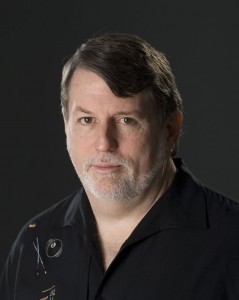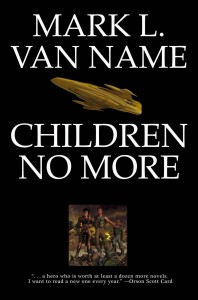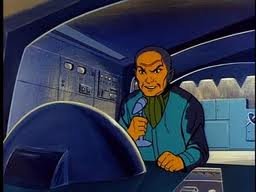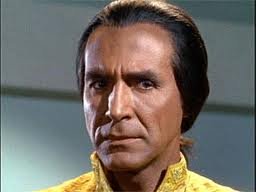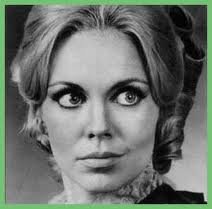Relevant History welcomes historical fiction author Karen Lynn Allen. Allen grew up in San Francisco and Edmonds, Washington. At seventeen, she returned to California to study English and industrial engineering at Stanford University. Early in her working career, she worked for Intel, Kellogg’s, and Procter and Gamble, but writing was always her true love. Her first novel, Pearl City Control Theory, reflects her experiences working in corporate America. Her latest novel, Beaufort 1849, a novel of antebellum South Carolina published by Cabbages and Kings Press, is based on two years of research. She lives in San Francisco with her husband and three children. For more information, check her blog.
***
This is a piece of history I wish I could’ve incorporated into Beaufort 1849 but the timing just wouldn’t work.
Robert Smalls began his life in 1839 in a slave cabin in Beaufort. In his teens he was sent to Charleston and hired out to work for wages that his owner would collect, a not uncommon practice. He worked in a hotel, as a lamplighter, and then on the wharves and docks of Charleston. He married, had children, and eventually worked his way up to a wheelman, learning to pilot the Charleston harbor. Though undeniably constrained by the realties of slavery, his life had much more scope for initiative and resourcefulness than the average slave.
During the Civil War, Smalls was assigned as wheelman on the steamer, Planter, an armed dispatch and transport boat used by the Confederacy. On the night of May 13, 1862, the white crew decided to spend the night on shore, probably to amuse themselves with the distractions Charleston had to offer. Robert Smalls and the seven other slave crewmen took the opportunity to strike. With a Confederate flag flying and Smalls dressed in a captain’s uniform, at 3 a.m. Smalls backed the boat out of her slip and made way to a nearby wharf where the families of Smalls and other crew members were hiding in wait. After loading the contraband passengers, Smalls brazenly chugged the boat past the five Confederate forts guarding the harbor. Then, taking down the Confederate flag and hoisting a white sheet in its stead, he made a beeline for the blockading Federal fleet just beyond. Luckily the first US Navy ship he encountered noticed the sheet moments before it was set to open fire on the renegade vessel.
Smalls turned Planter over to the U.S. Navy, along with its cargo of artillery and explosives. Even more valuable, he handed over a codebook that revealed Confederacy secret signals and placement of mines and torpedoes around Charleston harbor. In addition, due to his comprehensive familiarity with the area, Smalls was able to offer extensive information about the harbor’s defenses.
The North was delighted! Smalls was an overnight hero and media sensation in Northern papers. Congress passed a bill awarding Smalls and the other seven crewmen $1500 in prize money for the captured vessel. Two weeks after the daring escape Smalls even met Abraham Lincoln himself, who was impressed by Smalls’s account of his exploits. Smalls’s deeds became a major argument for allowing African Americans to serve in the Union Army, and Smalls himself served as a pilot for the Union forces. In 1863 Smalls became the first black Captain of a vessel in the service of the United States.
As much as Smalls was lauded by the North, he was in equal parts reviled by the South. In a war, one side’s hero is almost necessarily the other side’s varlet.
***
A big thanks to Karen Lynn Allen. She’ll give away a copy of Beaufort 1849 to someone who contributes a comment on my blog this week. I’ll choose the winner from among those who comment by Sunday at 6 p.m. ET. Delivery is available within the U.S. and Canada for the winner’s choice of print or ebook format, and ebook format only for an international winner.
*****
Did you like what you read? Learn about downloads, discounts, and special offers from Relevant History authors and Suzanne Adair. Subscribe to Suzanne’s free newsletter.

